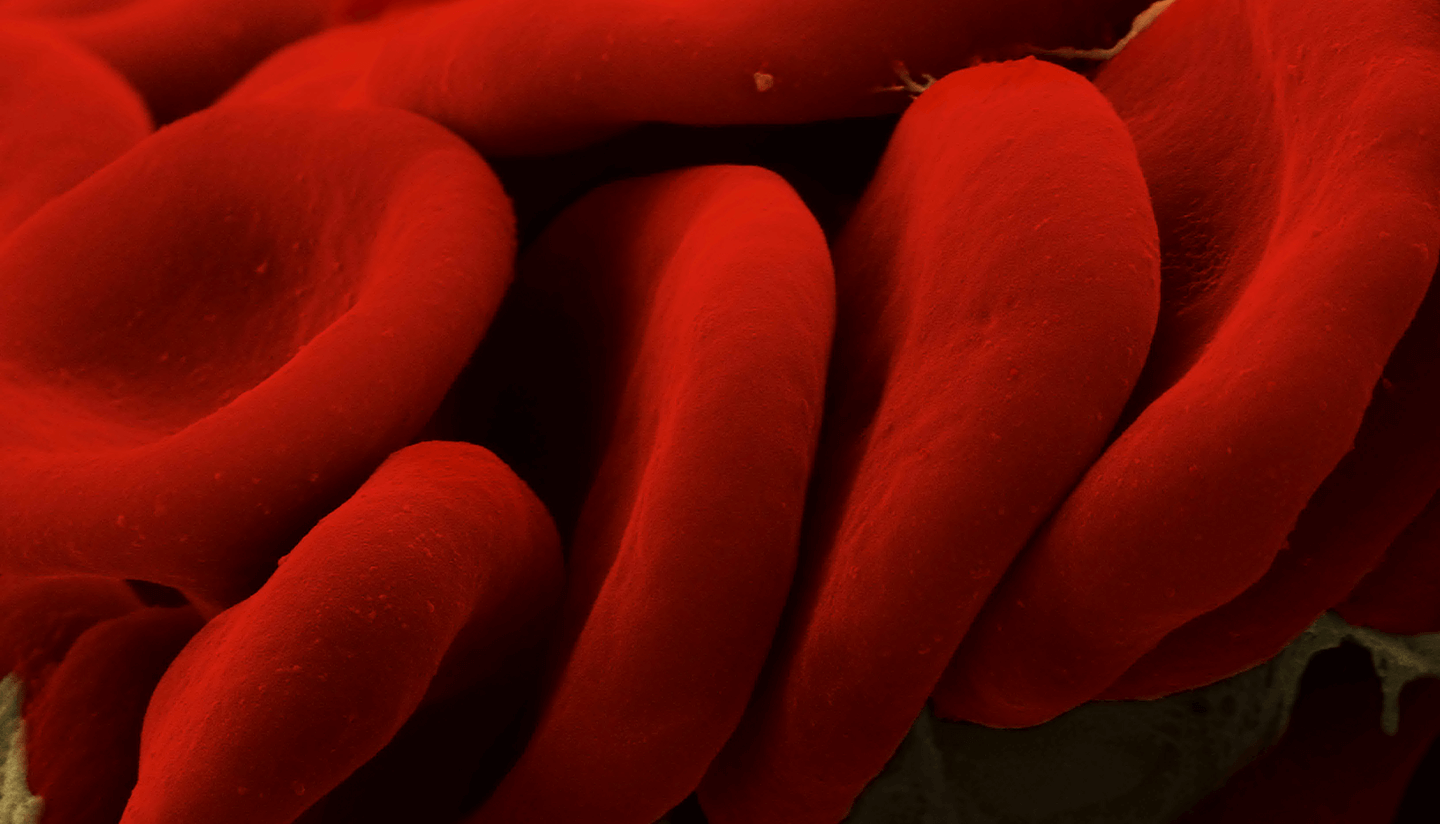
The field of genetics has made huge strides over the past couple of decades, from the first sequencing of the human genome to a growing understanding of the machinery that turns genes on and off — proteins called transcription factors and the DNA “enhancer” sequences where they bind. Now, research from HSCRB scientists introduces a new layer of complexity to human genetics, finding biological variation in a gene’s ability to react to chemical signals from the outside.
The study, published in Nature Genetics, focused on genetic variation in red blood cell traits. The findings could also apply to other tissues or organs in the body and may help explain why some people are more or less susceptible to disease, why organs function differently, and why some people respond more to drugs than others.
“We found that human genetics determine, on a gene-to-gene basis, whether a cell will respond to an outside signal. We believe that many genetic conditions are due to a defect in this response — a ‘signalopathy,’” said senior author Leonard Zon, who is the Grousbeck Professor of Pediatrics and professor of stem cell and regenerative biology at Harvard, and the Executive Committee Chair of the Harvard Stem Cell Institute.
When DNA enhancers cannot receive signals
Zon and his team started with data from recently published genome-wide association studies (GWAS). These studies scan the genomes of large numbers of people to find genetic variants associated with a trait or disease. In particular, the team looked for genetic variants associated with specific red blood cell traits, such as size and hemoglobin concentration.
They found that many variants tied to these traits mapped to a small subset of gene enhancers. These enhancers bind to two types of gene regulators: master transcription factors that regulate which type of blood cell is being made, and signaling transcription factors that coordinate responses to signals from outside the cell.
When the researchers looked at blood cell progenitors in the lab, they found that many of the variants altered the DNA sequences of enhancers where signaling transcription factors bind. This change prevented the factors from binding, and that missed signal prevented adjacent genes from turning on as they would normally do in the process of red blood cell maturation.
“A mutation in this code kicks the signaling factor off the DNA, because it doesn’t have a binding site,” said Avik Choudhuri, co-first author on the study. “This renders an important blood gene periodically unresponsive to the signal. Such an abnormal response, especially under stress, would cause tissue damage and disease over time.”
A better understanding of human traits
GWAS studies have mapped many traits to variations in DNA enhancer sequences, but no one had shown that traits can be altered because of a failure of signals to get through.
“This wasn’t known before. If we want to better understand human variation, we have to find those regions in the genome, in every tissue, that are receiving transcriptional signals from outside the cell. People vary in how much signaling can happen in an individual gene,” said Zon, who is also the director of the Stem Cell Research Program at Boston Children’s Hospital.
New treatment targets
Looking to the future, Zon believes the team’s work will open up new therapeutic opportunities. He envisions a computational analysis of a specific gene, its enhancers, and sites on the enhancers where signaling chemicals bind. Such analysis could predict which signals a given cell type will be most likely to “hear,” guiding the choice of drugs. A company Zon co-founded in 2018, CAMP4 Therapeutics, is focused on drug discovery through this kind of mapping.
“You could just look at the DNA code and know what drug to give,” Zon said. “If a mutation shuts down one signal binding site, you might be able to rescue the disease by sending a different signal.”
Additionally, scientists could design therapies that alter the enhancer DNA itself so that it can receive incoming signals, or therapies that turn on the enhancer independent of the signaling pathway.
Read more
This story was originally published on the Boston Children’s Hospital website on November 23, 2020.
Source article: Choudhuri, A., Trompouki, E., Abraham, B. J., et al. (2020). Common variants in signaling transcription-factor-binding sites drive phenotypic variability in red blood cell traits. Nature Genetics. DOI: 10.1038/s41588-020-00738-2
The study was supported by the National Institutes of Health, the Max Planck Society, The Fritz Thyssen Stiftung, a Marie Curie Career Integration Grant, the Centre for Integrative Biological Signalling Studies, Deutsche Forschungsgemeinschaft, the Hope Funds for Cancer Research, and the American Lebanese Syrian Associated Charities.
